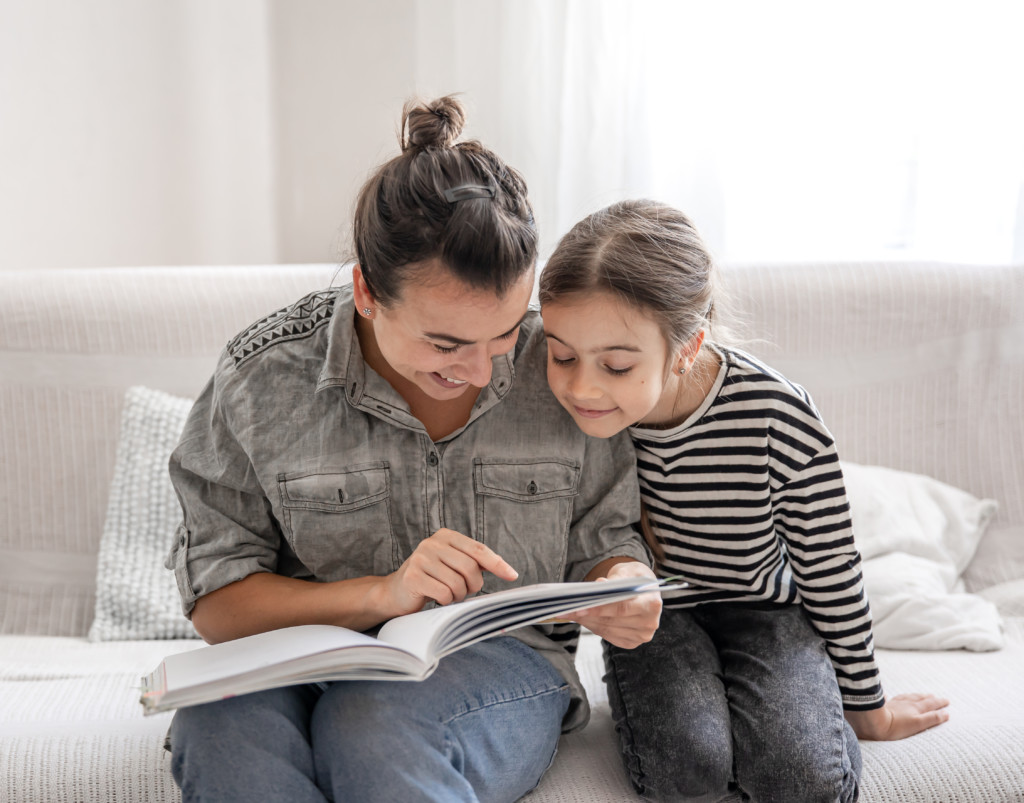 Editor’s note: This commentary from Daniel Garza, president of The LIBRE Initiative, appeared last week on RealClear Education. It provides an overview of how the organization is working in several states to build support for providing parents and educators with new educational options.
Editor’s note: This commentary from Daniel Garza, president of The LIBRE Initiative, appeared last week on RealClear Education. It provides an overview of how the organization is working in several states to build support for providing parents and educators with new educational options.
Each December we spend a lot of time thinking about gifts. We reflect on those we care most about and try to figure out what they would like, or what will make their lives better. With the holiday season now behind us, it’s a good time to remember that one of the most important gifts we can offer our young people is a chance at a better education.
When we think about how best to ensure that every child is given the educational foundation they need to thrive, we must remember that every child is unique. Children have different skills, different interests, and different learning styles. Our educational system, on the other hand, tries to teach them all in the same setting, with the same approach and curriculum, expecting them all to succeed – and knowing that too many won’t.
That’s a mistake – one we must address with innovation that makes school more flexible. This effort has gained steam in the wake of a pandemic that clearly illustrated the problem of a system built entirely on in-person classroom instruction. Some states have already adopted reforms, and more will consider them in the year ahead.
The team at The LIBRE Initiative – a nonprofit dedicated to helping the Hispanic community – is working in a number of states to build support for providing parents and educators with new educational options.
To continue reading, click here.


